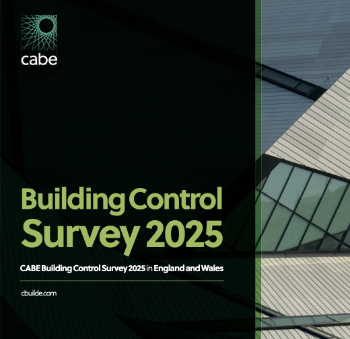Response zone
Glossary of common terms used in the management of land contamination, published on the Planning Portal, defines the response zone as: ‘The perforated section of standpipe which allows gas in the unsaturated zone or groundwater below the water table to enter a standpipe.’
The response zone is typically located at the depth where the parameter of interest (e.g., water level, gas concentration) is expected to be measured. It is positioned based on site-specific conditions, such as the depth of the water table or the presence of contamination.
The response zone is made of a perforated or slotted section of the standpipe, which permits fluid or gas to enter. Surrounding the slotted section there is often a filter pack (e.g., gravel or sand) that helps prevent fine particles from clogging the standpipe while allowing water or gas to flow freely.
It facilitates accurate measurement of groundwater levels, sampling of groundwater, or the detection of ground gases. The response zone isolates the specific depth of interest to avoid interference from other layers or zones. To ensure that the response zone only interacts with the desired geological stratum, bentonite or other sealing materials are placed above and below the response zone. This prevents cross-contamination or flow between different layers of soil or rock.
[edit] Related articles on Designing Buildings
Featured articles and news
New President of ECA announced
Ruth Devine MBE becomes the 112th President of the Electrical Contractors Association.
New CIAT Professional Standards Competency Framework
Supercedes the 2019 Professional Standards Framework from 1 May 2025.
Difficult Sites: Architecture Against the Odds
Free exhibition at the RIBA Architecture Gallery until 31 May.
PPN 021: Payment Spot Checks in Public Sub-Contracts
Published following consultation and influence from ECA.
Designing Buildings reaches 20,000 articles
We take a look back at some of the stranger contributions.
Lessons learned from other industries.
The Buildings of the Malting Industry. Book review.
Conserving places with climate resilience in mind.
Combating burnout.
The 5 elements of seiri, seiton, seiso, seiketsu and shitsuke.
Shading for housing, a design guide
A look back at embedding a new culture of shading.
The Architectural Technology Awards
The AT Awards 2025 are open for entries!
ECA Blueprint for Electrification
The 'mosaic of interconnected challenges' and how to deliver the UK’s Transition to Clean Power.
Grenfell Tower Principal Contractor Award notice
Tower repair and maintenance contractor announced as demolition contractor.
Passivhaus social homes benefit from heat pump service
Sixteen new homes designed and built to achieve Passivhaus constructed in Dumfries & Galloway.
CABE Publishes Results of 2025 Building Control Survey
Concern over lack of understanding of how roles have changed since the introduction of the BSA 2022.






















